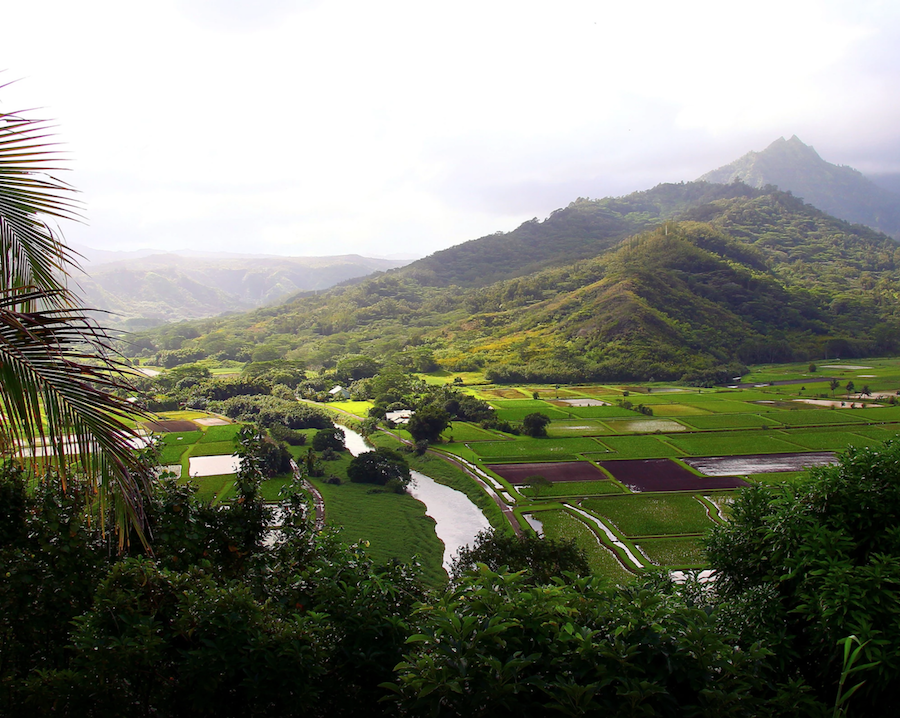Introduction
Pū‘ali kalo i ka we ‘ole
Taro, for lack of water, grows misshapen.

Learning Objectives
By the end of this chapter you will be able to:
- Describe the purpose and function of nutrition recommendations
- Describe steps towards building healthy eating patterns
- Interpret the Nutrition Facts labels found on food items
- Describe the purpose and use of the MyPlate Planner, the Secretariat of the Pacific Community (SPC) Guidelines and the Pacific Food Guide
Developing a healthful diet can be rewarding, but be mindful that all of the principles presented must be followed to derive maximal health benefits. For example, many Pacific Islanders have been unable to maintain their traditional diets for various environmental, social and demographic reasons. This has resulted in diets high in a variety of high-calorie, nutrient-poor foods. Frequent inadequate and/or excessive nutrient intake can lead to many health issues in a community such as obesity, diabetes, heart disease and cancer. Therefore, it is important to employ moderation and portion control by using all of the principles together to afford you lasting health benefits[1].
- Pacific Food Summit: Factsheet. World Health Organization. http://www.wpro.who.int/mediacentre/factsheets/fs14042010/en/. Published April 13, 2010. Accessed November 28, 2017. ↵

